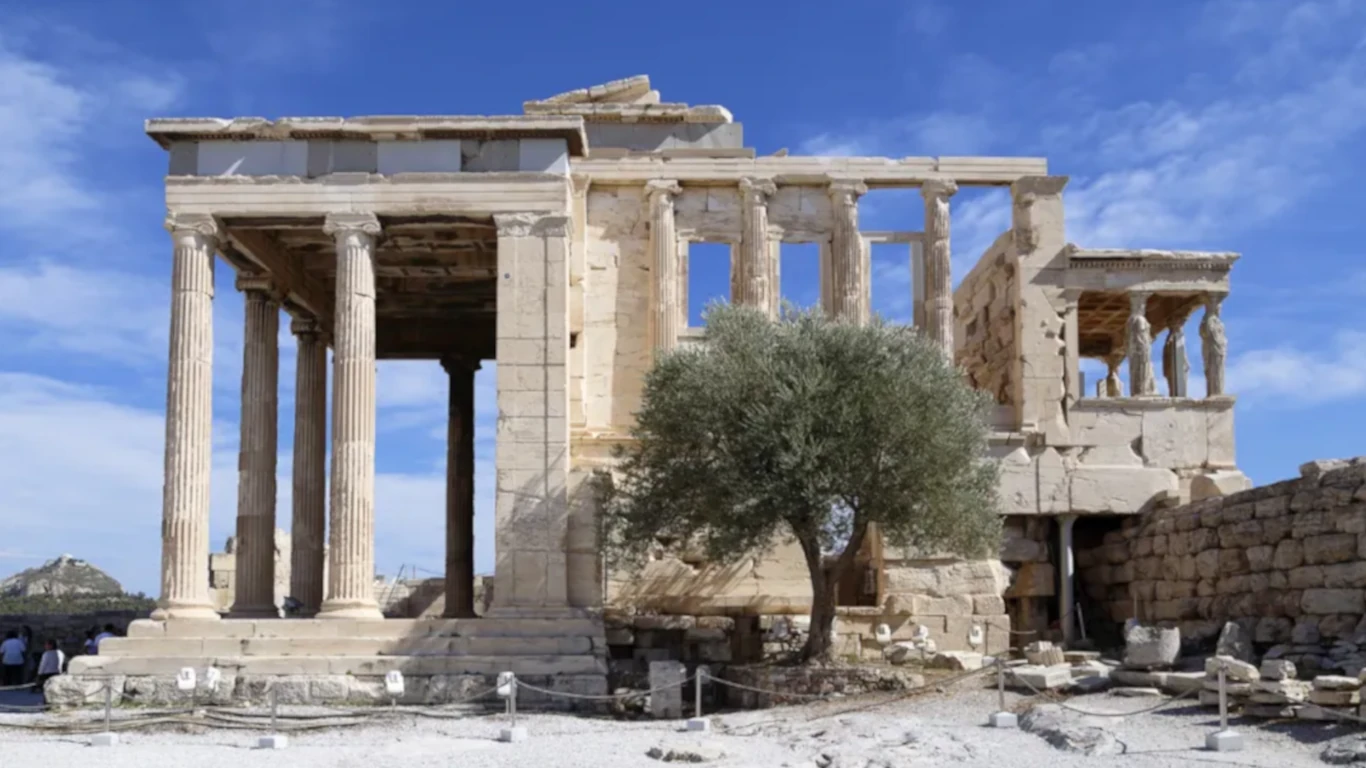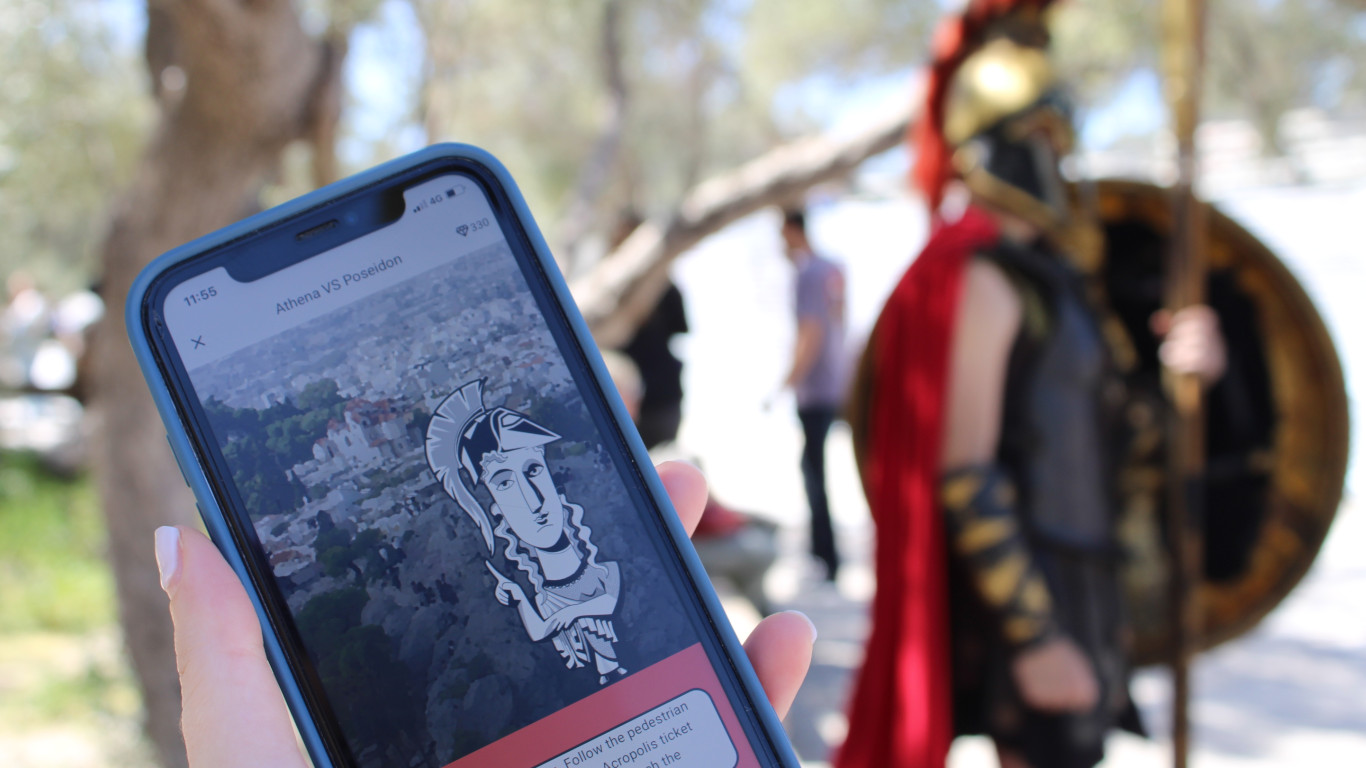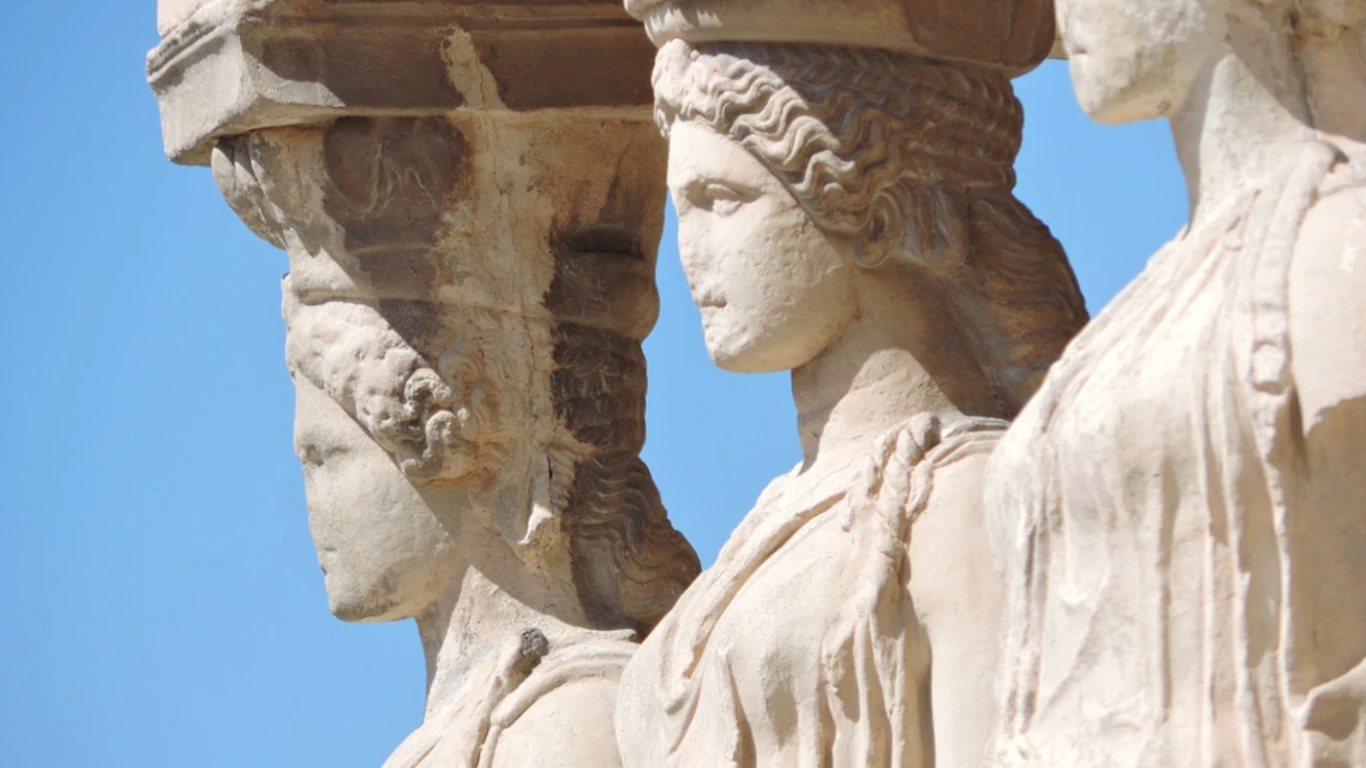
Exploring the Myths and Legends of Acropolis Hill in Athens
Exploring the Myths and Legends of Acropolis Hill in Athens
Posted on April 30, 2024
Ever curious about discovering the myths and legends of Acropolis Hill? The Acropolis Hill, crowned by the Parthenon, has stood as the symbol of Athens for millennia. More than a mere historical site, it is a storied place where legends were born and great heroes walked. Let’s ascend the sacred rock and unravel the tapestry of myths that have captivated the minds and hearts of people throughout the ages.

-
Athena vs. Poseidon: The Battle of the Gods
At the very heart of the Acropolis stands a testament to the rivalry between Athena and Poseidon. According to legend, both deities coveted the city, offering gifts to claim it. Poseidon struck the rock with his trident, bringing forth a spring, while Athena offered the olive tree, symbolizing peace and prosperity. The city’s inhabitants chose Athena’s gift, thus naming the city Athens. The marks of Poseidon’s trident and the sacred olive tree are said to be found on the Acropolis, reminding visitors of this divine contest.
Pro Tip: Purchase your skip-the-line tickets online from the official website and explore Acropolis with “The Battle of the Gods” self-guided treasure hunt!
-
The Battle of the Centaurs
The Acropolis is not only home to the gods but also to the tales of fierce creatures like the centaurs. The mythical half-man, half-horse beings were known for their battle with the Lapiths, which is depicted in the metopes of the Parthenon. This myth serves as a reminder of the eternal struggle between civilization and barbarism. It is a theme that resonates throughout Greek mythology.
-
The Wooden Wall Prophecy: Athens’ Salvation in the Persian Wars
Delphi’s oracle foretold that “the wooden walls alone shall not fall” – a prophecy that led to Athens’ salvation during the Persian Wars. Many believed it referred to the Acropolis and its wooden palisades, but Themistocles interpreted it as a call to build a fleet, which ultimately led to victory at Salamis. This tale of prophecy and wisdom whispers through the olive trees and ruins, a poignant reminder of the city’s resilience.

-
Caryatid Girls
The Erechtheion, with its porch of Caryatids, tells the poignant story of these maiden statues. Legend has it that they represent the women of Caryae, punished by being forced to bear the weight of the temple’s roof for betraying Athens. The Caryatid Girls, adorned in elegant dresses and exhibiting poised stature, symbolize two contrasting concepts. They represent both the burden of treachery and the dignity of eternal service. Their presence offers visitors an evocative narrative to contemplate.
-
Heroic Sagas of Theseus
The Acropolis is also the backdrop for the heroic sagas of Theseus. Theseus is the legendary king of Athens who defeated the Minotaur. Legends say that Theseus walked these very grounds, and the festivals held in his honor connected mortals with the divine. His tales of bravery and adventure echo through the marbled pathways and continue to inspire those who climb the Acropolis Hill.
The myths and legends of Acropolis Hill endure like its stones. They testify to humanity’s deep craving for stories that elevate our experiences. As you stroll through the olive groves and face the ancient temples, let these legends whisk you away to an era where gods mingled with heroes and every stone whispered a tale.












